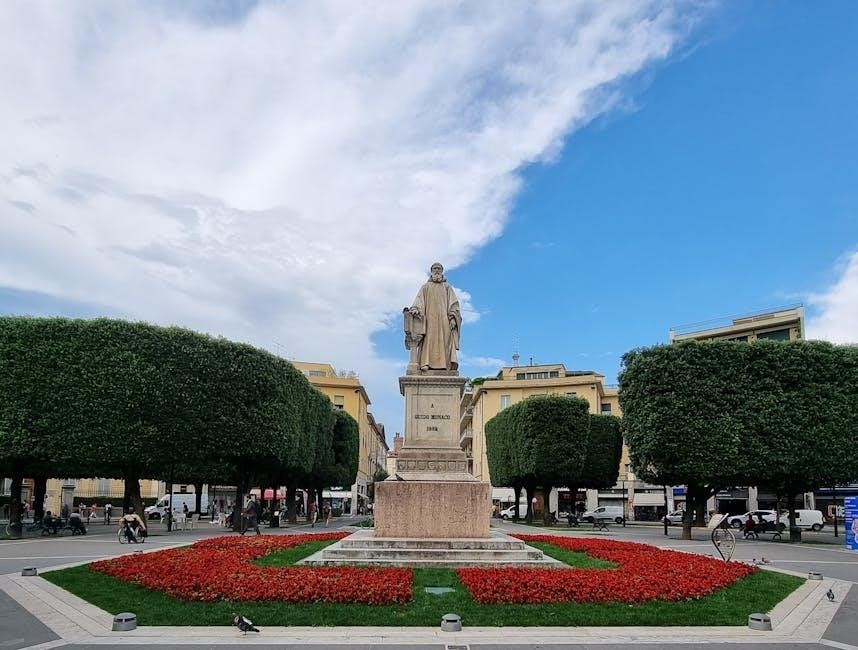Guido Galletti (1893-1977) was a renowned Italian sculptor, artist, and academic. Born in London, he gained fame for his iconic Christ of the Abyss statue and contributions to various fields.
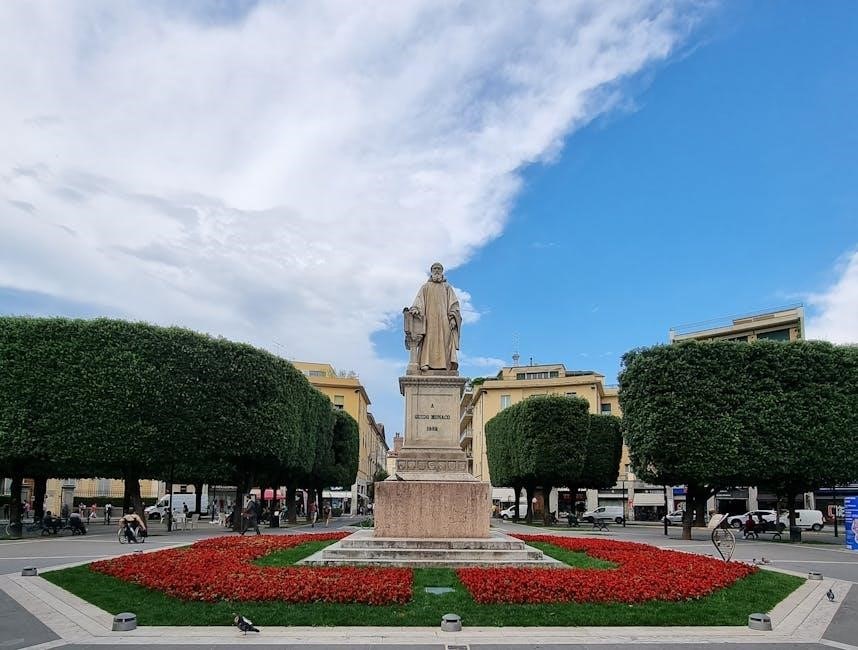
Early Life and Education
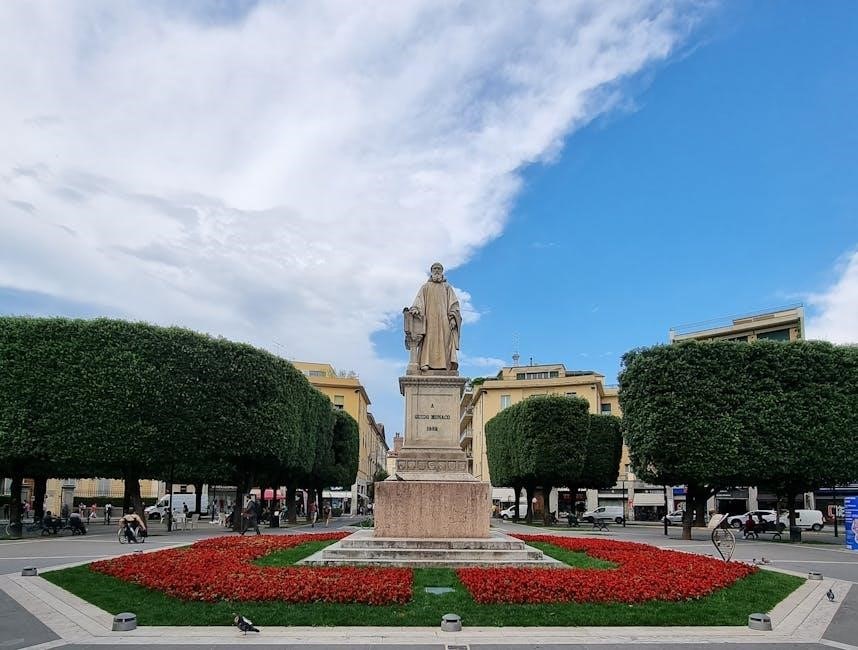
Guido Galletti was born on March 22, 1893, in London, England, to an Italian family. His early life was marked by a deep fascination with art, encouraged by his family. Galletti moved to Italy, where he pursued his passion for sculpture, enrolling in art schools in Rome and Florence. His natural talent and dedication quickly set him apart, and he began gaining recognition for his artistic skills at a young age. Galletti’s early education laid the foundation for his future as a prominent sculptor, blending traditional techniques with innovative ideas that would define his career.
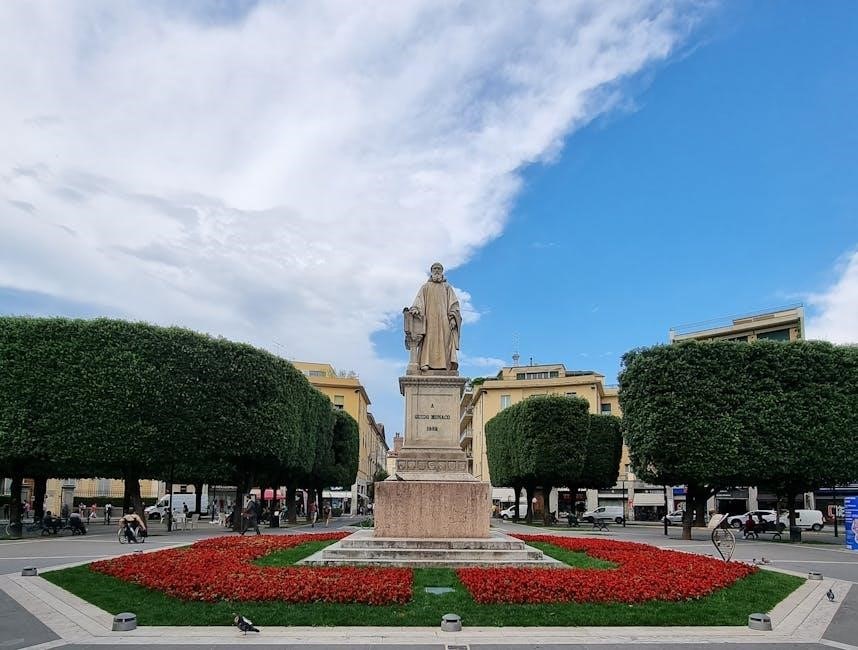
Artistic Career
Guido Galletti was a prominent Italian sculptor known for his participation in major art exhibitions and creating iconic works like Christ of the Abyss, blending tradition and modernity.
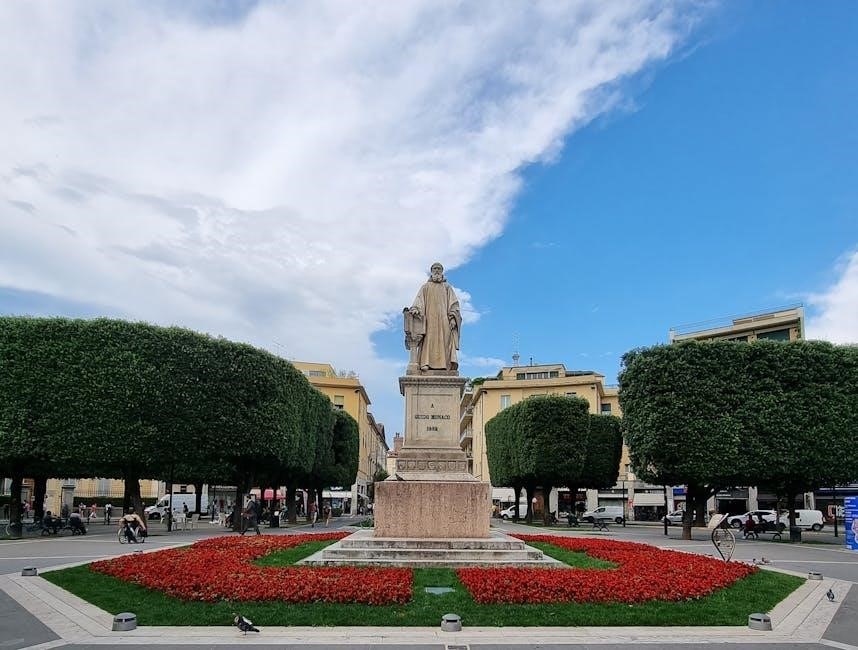
3.1 Participation in Major Art Exhibitions
Guido Galletti actively participated in numerous prestigious art exhibitions, showcasing his sculptural mastery. His work was consistently featured at the Venice Biennales from 1930 to 1948 and the Rome Quadriennales from 1935 to 1959. These platforms highlighted his ability to blend classical techniques with modern artistic expression. Galletti’s presence in such events underscored his prominence in the Italian art scene. Additionally, his art was exhibited internationally, including at the Arti Figurative in Paris, further cementing his reputation. These exhibitions not only displayed his technical prowess but also his deep emotional connection to his subjects, making him a revered figure in the art world. His contributions to these events remain a testament to his enduring legacy as a sculptor.
3.2 Creation of the Christ of the Abyss
Guido Galletti’s most iconic work is the Christ of the Abyss, a bronze statue submerged in the Mediterranean Sea near San Fruttuoso. Created in 1954, the statue stands 2.5 meters tall and weighs 260 kilograms without its base. Inspired by a concept from Italian diver Duilio Marcante, it symbolizes Christ’s victory over evil and serves as a memorial for those who lost their lives at sea, including Dario Gonzatti. The statue was commissioned by Egidio Cressi and blessed by Pope Pius XII. Its design features Christ with outstretched arms, conveying hope and protection for divers and sailors. This masterpiece has become a global symbol of faith and resilience, replicated in underwater locations worldwide, including Florida’s John Pennekamp Coral Reef State Park.
Other Notable Works
Guido Galletti’s artistic portfolio extends beyond the Christ of the Abyss, showcasing his versatility as a sculptor. He actively participated in major art exhibitions, including multiple Venice Biennales from 1930 to 1948 and Rome Quadriennales from 1935 to 1959. His work, Tomb of Teresa Della Casa (1927), highlights his ability to blend emotional depth with technical precision; Galletti’s sculptures often explored themes of spirituality and human expression, earning him recognition both nationally and internationally. His contributions to Italian art are further complemented by his academic roles, including his work in dentistry and oral surgery, where he served as an adjunct professor and program director at New York University. This dual expertise underscores his multidimensional talent and enduring legacy in both art and academia.
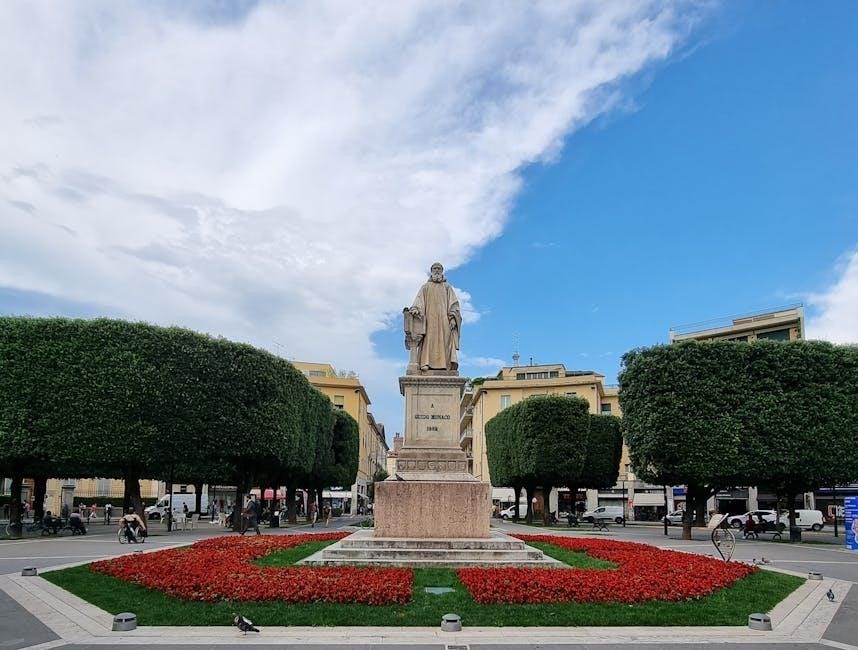
Acting Career
Guido Galletti is known for his role in the controversial film Salò, or the 120 Days of Sodom (1975), directed by Pier Paolo Pasolini, showcasing his acting talent.
5.1 Role in “Salò, or the 120 Days of Sodom”
Guido Galletti appeared in the controversial 1975 film Salò, or the 120 Days of Sodom, directed by Pier Paolo Pasolini. The film, an adaptation of the Marquis de Sade’s novel, explores themes of power, corruption, and moral decay. Galletti’s role in the film contributed to its provocative narrative, which sparked significant debate due to its graphic content and political undertones. Despite the film’s notoriety, Galletti’s involvement remains a notable part of his diverse career, showcasing his ability to engage in unconventional artistic projects. The film’s historical context and artistic significance continue to be studied and discussed in cultural and cinematic analyses.
Role in World War II
Guido Galletti served as a Blackshirt during World War II, notably acting as a guard at the Marzabotto palace in 1944, reflecting his involvement in the conflict.
6.1 Service as a Blackshirt
Guido Galletti served as a Blackshirt during World War II, aligning with the Italian Fascist regime. He was stationed as a guard at the Marzabotto palace in 1944, reflecting his involvement in the conflict. This role underscores his adherence to the regime’s ideologies during a tumultuous period in Italian history.
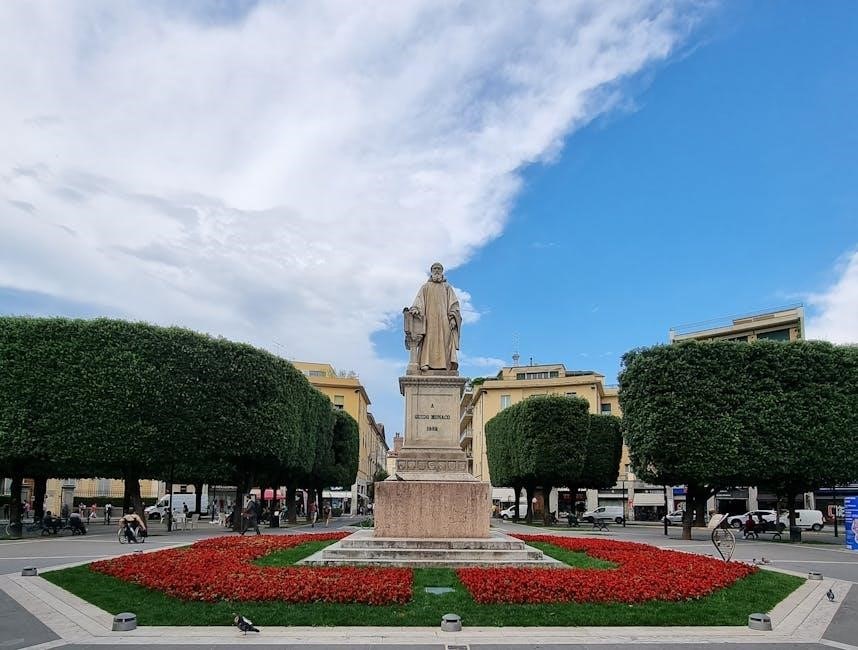
Academic and Professional Contributions
Guido Galletti was a prominent dentist and academic, serving as an Adjunct Professor at New York University. He directed a summer practicum and specialized in oral surgery and maxillofacial surgery.
7.1 Dental Profession and Academic Roles
Guido Galletti was a distinguished figure in the dental profession, serving as an Adjunct Professor at New York University. He directed a summer practicum program, focusing on clinical training for students. His expertise spanned oral surgery and maxillofacial surgery, areas where he made significant contributions. Galletti also held academic roles at the University of Rome Tor Vergata, where he earned his degree summa cum laude and later provided advanced training for dental students. His work in implantology, aesthetics, and orthodontics further showcased his versatility and dedication to the field. Through his academic and professional endeavors, Galletti left a lasting impact on dental education and practice.
Legacy and Impact
Guido Galletti left a profound legacy as a multifaceted figure in art, academia, and beyond. His iconic Christ of the Abyss statue symbolizes hope and protection, inspiring replicas worldwide. As an academic, he excelled in dental education, contributing to oral surgery and maxillofacial fields. His role in Salò, or the 120 Days of Sodom showcased his versatility in acting. Galletti’s impact extends to his service as a Blackshirt in World War II, adding depth to his historical significance. His work and contributions continue to influence art, education, and culture, leaving a lasting mark on diverse fields.
Personal Life and Later Years
Guido Galletti was born in London in 1893 and spent his later years in Genoa, where he passed away in 1977. His personal life reflects a blend of artistic passion and professional dedication. From a young age, he showed a keen interest in art, which eventually led him to become a prominent sculptor. Galletti balanced his artistic career with academic pursuits, particularly in dentistry, where he held roles as a professor and program director. His later years were marked by continued creativity and contributions to both art and education. Galletti’s legacy endures through his iconic works and his influence on future generations in multiple fields.
Guido Galletti was a multifaceted figure whose contributions spanned art, academia, and history. As a sculptor, he is best known for the Christ of the Abyss, a profound underwater bronze statue symbolizing hope and faith. His artistic career was marked by participation in major exhibitions and the creation of meaningful works. Beyond art, Galletti held academic roles in dentistry and served as a Blackshirt in World War II. His legacy is a testament to his versatility and dedication, leaving an enduring impact across various fields. Galletti’s life exemplifies the intersection of creativity, professional excellence, and historical significance, ensuring his memory endures for future generations.
